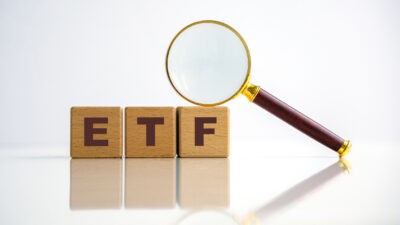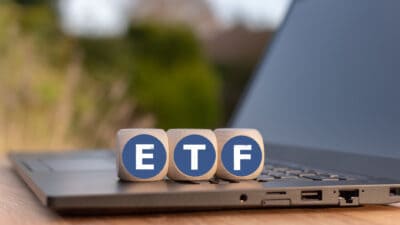The benefits of index fund investing have become far more apparent over the past few years. Today, investing in index funds and index exchange-traded funds (ETFs) has never been more popular, thanks to endorsements from investors like Warren Buffett.
But as a result, the ASX is now awash with index funds. There are now handfuls of ETFs on the ASX that all report to fulfil the same basic function. So this can make it hard for new investors to find the right one.
That's where we come in. Choosing an index fund to invest your hard-earned cash basically boils down to fees. If a bunch of different products all offer the same basic service, then pricing is the only real factor we can use to differentiate our choices.
So let's discuss the cheapest index funds available on the ASX today.
What is the cheapest way to passively invest in ASX shares?
So when it comes to ASX shares, the index that is most often used as a benchmark is the S&P/ASX 200 Index (ASX: XJO). This flagship index covers the largest 200 shares listed on the ASX by market capitalisation, without any other qualification.
That means you'll be getting exposure to big banks like Westpac Banking Corp (ASX: WBC), mining giants like BHP Group Ltd (ASX: BHP) and oil shares such as Woodside Energy Group Ltd (ASX: WDS).
But you'll also be investing in everything from Telstra Group Ltd (ASX: TLS) and Coles Group Ltd (ASX: COL) to JB Hi-Fi Ltd (ASX: JBH) and Harvey Norman Holdings Limited (ASX: HVN).
The most popular ASX 200 index fund today by funds under management is the SPDR S&P/ASX 200 ETF (ASX: STW). This index fund covers the ASX 200, warts and all, and charges a management fee of 0.13% per annum. That works out to be $13 a year for every $10,000 invested.
That's not the cheapest index fund on the ASX though.
The cheapest index fund on the ASX is…
Another popular choice is the iShares Core S&P/ASX 200 ETF (ASX: IOZ). This ETF asks a far cheaper 0.05% per annum or $5 a year for every $10,000 invested. But that's still not enough to make it our cheapest index fund on the ASX.
The most popular ASX index fund is actually not an ASX 200 ETF. It's the Vanguard Australian Shares Index ETF (ASX: VAS), which tracks the more comprehensive S&P/ASX 300 Index (ASX: XKO), rather than the ASX 200. But despite its clear status as the market leader, this ETF charges a fee of 0.1% per annum or $10 a year for every $10,000 invested.
No, the cheapest index fund on the ASX is none other than the BetaShares Australia 200 ETF (ASX: A200). This ASX 200 index fund recently slashed its fees down to just 0.04% per annum. That represents a fee of only $4 a year for every $10,000 invested. If you want to passively invest in ASX 200 shares on the ASX, this ETF is the cheapest option today.
Some honourable mentions
A few other non-ASX honourable mentions though. The ASX doesn't just house ASX index funds. It also hosts a number that track overseas markets.
Out of these, there are two other funds worth mentioning. Both cover US shares.
The first is the iShares S&P 500 ETF (ASX: IVV). This ETF covers the largest 500 shares listed on the US markets. That includes everything from Apple Inc (NASDAQ: AAPL) and Amazon.com Inc (NASDAQ: AMZN) to Tesla Inc (NASDAQ: TSLA) and Exxon Mobil Corp (NYSE: XOM). The iShares S&P 500 ETF charges a low fee of 0.04% per annum.
But this is pipped by one other index fund on the ASX. it's the Vanguard US Total Market Shares Index ETF (ASX: VTS). This ETF covers the US markets as well, but its portfolio doesn't stop at the largest 500 US companies.
Instead, this index fund tracks almost 4,000 individual shares listed on the American markets. This ETF is the cheapest fund you can get on the ASX. It charges a management fee of 0.03% per annum or $3 a year for every $10,000 invested.








